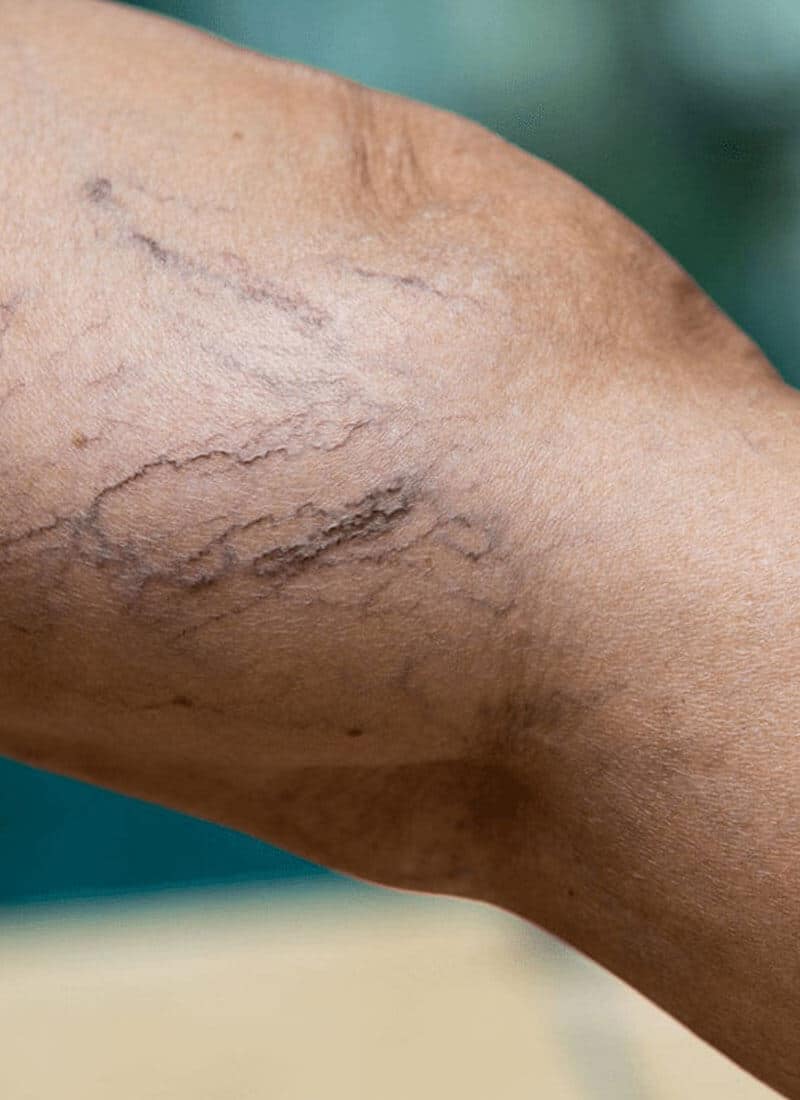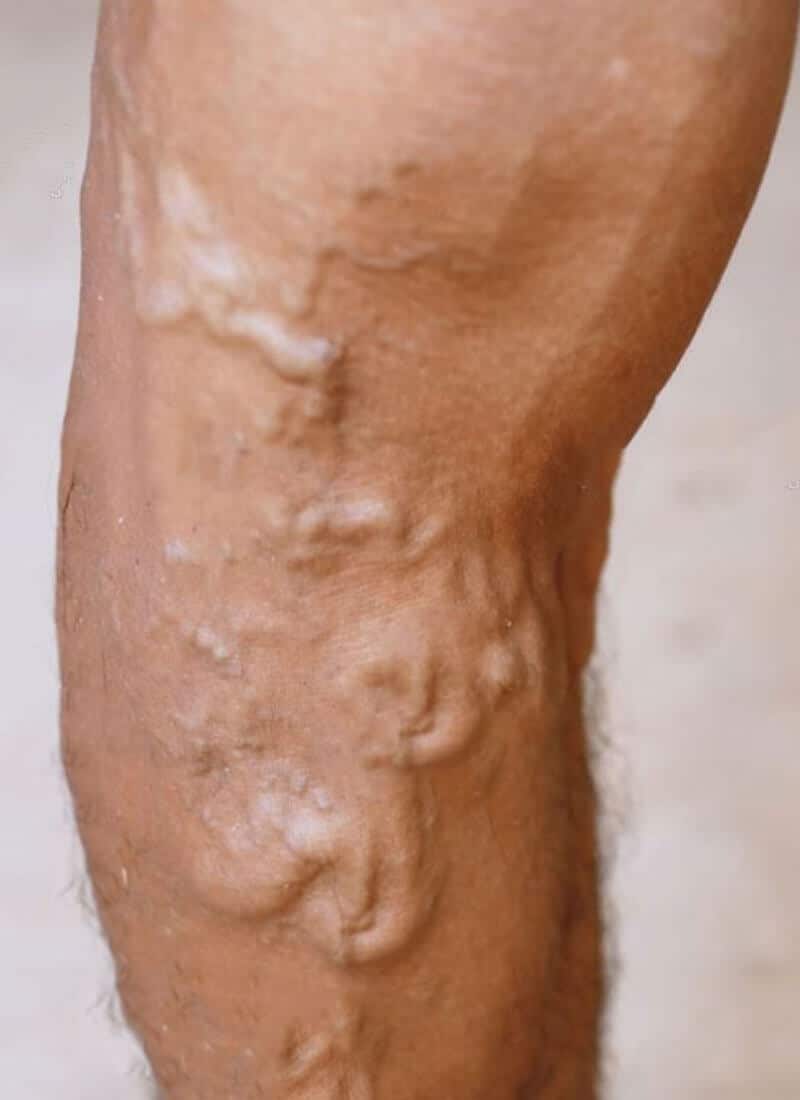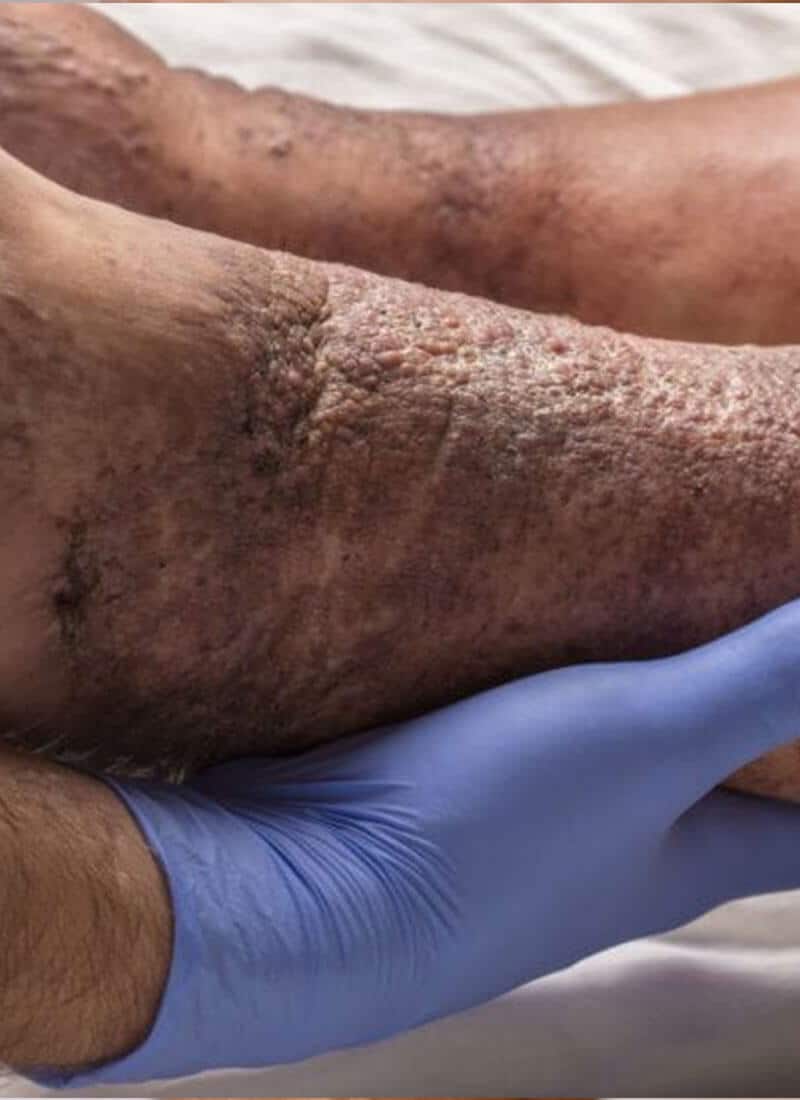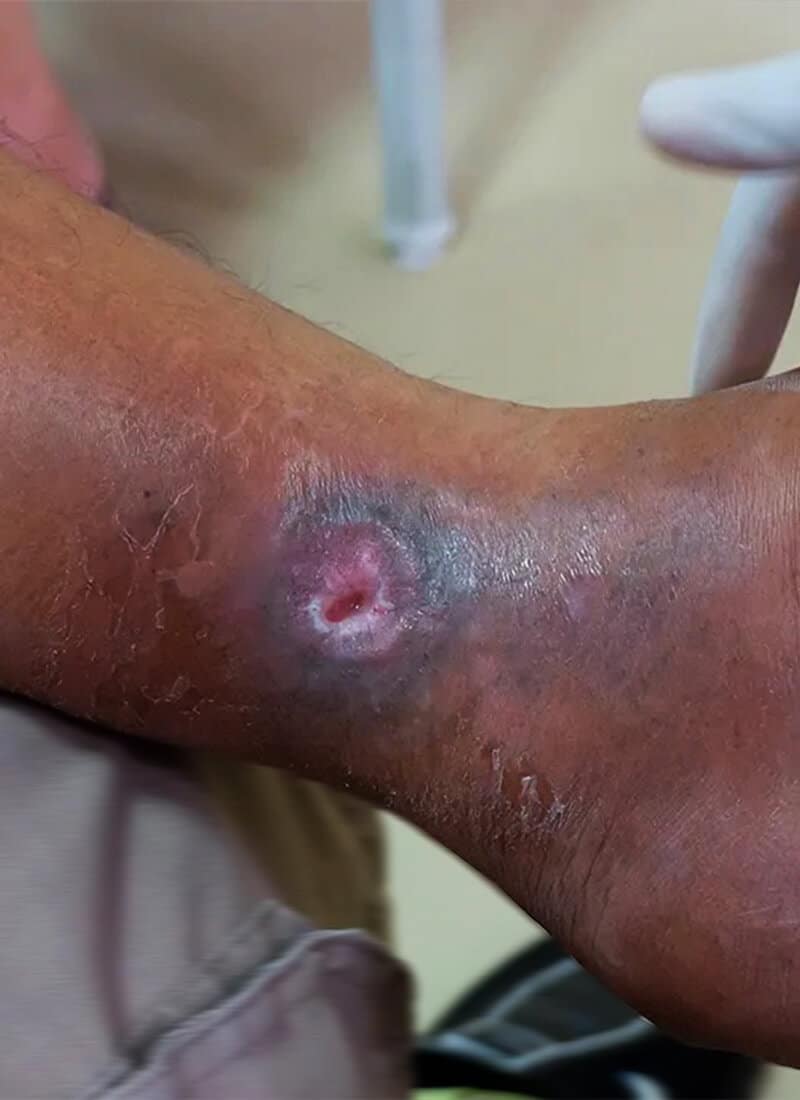Suffer from varicose veins by the age of 50
What Are Veins?
Veins are blood vessels with a set of valves that keep blood flowing in the body in only one direction. The heart pumps the oxygen-rich blood to the tissues of the body through the arteries to feed all parts of the body. Then the veins return the blood loaded with carbon dioxide and waste cells again to the heart to be loaded again with oxygen and nutrients to be distributed again to all the organs and cells of the body and thus the blood circulation is completed.
The veins located near the surface of the skin are called superficial veins, and the veins in the muscles of the arms and legs are called deep veins.
Veins play a vital role in the body, especially in the circulatory system, as they are responsible for transporting blood from different parts of the body to the heart. However, as people age, some problems can develop in the veins and cause a variety of diseases.
Early symptoms may seem minor. However; It can become more serious and even life-threatening if not treated, for this reason it is important to be aware of venous diseases and to consult a specialist as soon as any symptoms of a problem occur in the veins.



